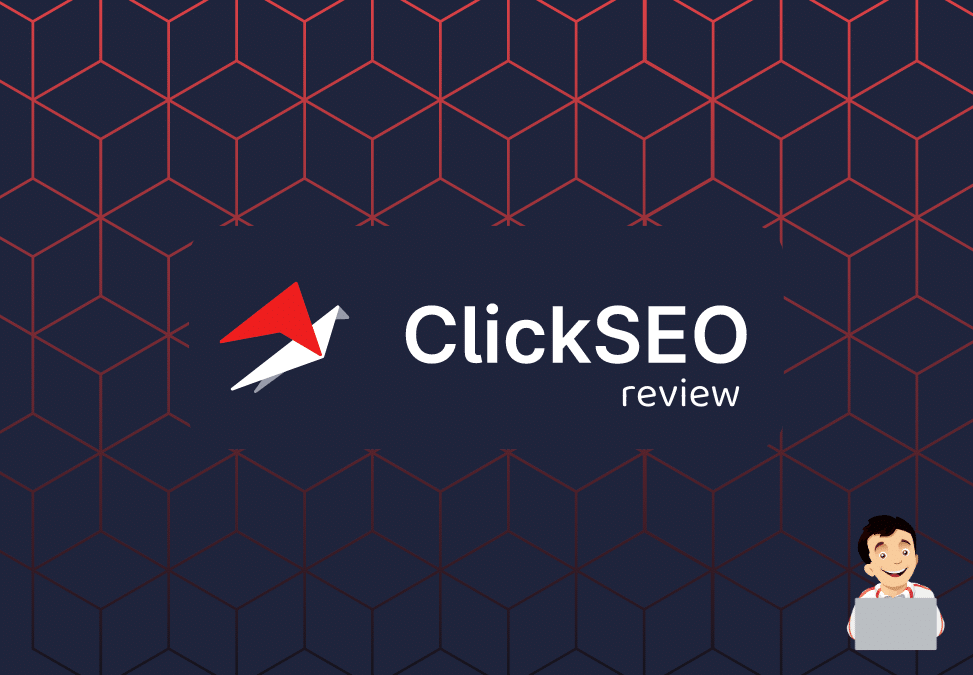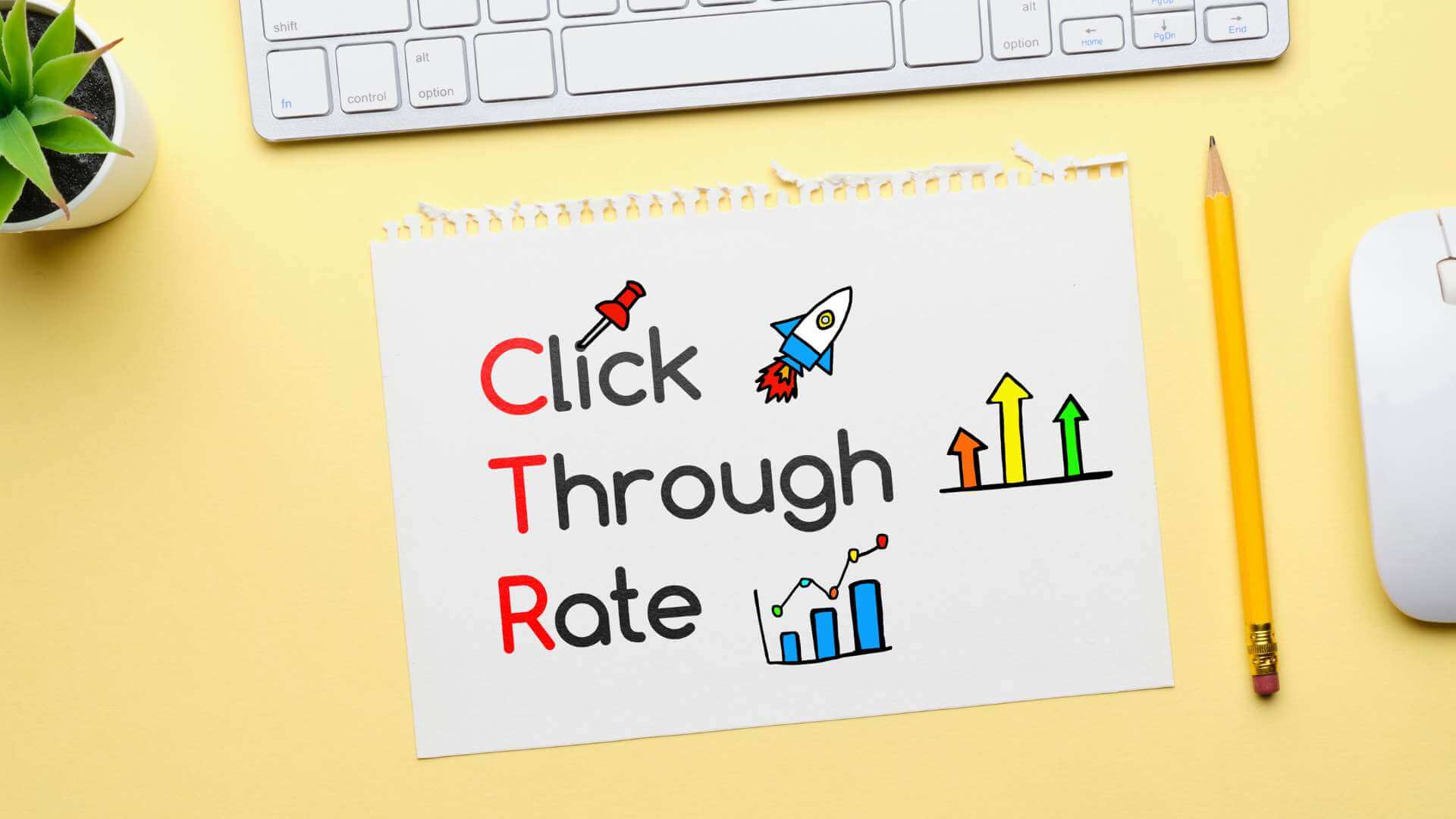Elevate Your Organization Exposure with Our CTR Manipulation Service
Elevate Your Organization Exposure with Our CTR Manipulation Service
Blog Article
Maximizing Organic Click-Through Rates With CTR Control
The optimization of natural click-through rates (CTR) is a nuanced undertaking that rests on understanding both individual psychology and effective content presentation. By leveraging calculated control techniques, such as powerfully crafted headings and aesthetically appealing aspects, marketers can significantly enhance individual interaction. The landscape is swarming with mistaken beliefs and oversimplifications regarding what really drives CTR. As we explore the details of these strategies, it becomes vital to determine the underlying concepts that can cause sustained success in recording target market attention. What genuinely sets apart the efficient from the ineffective in this critical facet of digital advertising?
Understanding Click-Through Rates
Comprehending click-through rates (CTR) is essential for evaluating the performance of internet marketing methods. CTR measures the percentage of users that click on a details link or ad contrasted to the complete variety of customers that watch it. A higher CTR shows that the material is engaging and pertinent to the target market, while a reduced CTR might indicate a need for optimization.
To compute CTR, separate the number of clicks by the variety of perceptions and increase by 100. For example, if an ad gets 300 clicks out of 10,000 impacts, the CTR would certainly be 3%. This metric is essential for assessing various components of electronic marketing, including search engine optimization (SEO), e-mail projects, and social networks marketing.
In addition, analyzing CTR aids online marketers recognize which strategies generate the very best outcomes and which require refinement. By concentrating on enhancing CTR, companies can boost their web content's visibility and effectiveness, bring about enhanced web traffic and potential conversions. Understanding the nuances of CTR is foundational for any type of marketing professional intending to enhance their on-line visibility and take full advantage of return on financial investment (ROI)

The Psychology of User Actions
Individual habits is considerably affected by psychological elements that dictate how individuals engage with on the internet content. Understanding these elements is important for optimizing click-through prices (CTR) in natural search engine result. Cognitive biases, such as the anchoring impact, play a critical function in shaping users' assumptions. When individuals experience information, their first perceptions can greatly influence their succeeding judgments regarding relevance and credibility.
Psychological reactions additionally substantially impact individual actions. Content that reverberates psychologically can set off a sense of necessity or interest, motivating users to click. Furthermore, social evidence-- such as customer reviews or scores-- can improve depend on and urge engagement, as people usually want to the habits of others to educate their very own decisions.
Furthermore, the concept of deficiency can drive clicks - CTR Manipulation Service. Limited-time offers or special web content develop a worry of losing out (FOMO), engaging individuals to act promptly. Understanding these psychological chauffeurs allows online marketers to produce even more engaging web content that reverberates with their target market
Reliable CTR Adjustment Strategies
Leveraging mental understandings can substantially boost click-through prices (CTR) with targeted control methods. Among the most reliable methods is making use of compelling headlines that stimulate inquisitiveness or necessity. Wording titles as concerns or including numbers can bring in even more interest, triggering customers to click.
An additional strategy entails enhancing meta descriptions to create a feeling of importance and immediacy. By plainly detailing the benefits or options provided in the web content, you can involve prospective readers and encourage them to click. In addition, making use of power words-- such as "special," "shown," or "free"-- can boost the charm of your content.
Aesthetic aspects likewise play a vital function. Incorporating distinctive pictures or thumbnails can draw customers in and improve CTR. A/B screening various visuals can help recognize which pictures resonate finest with your audience.
Last but not least, guaranteeing that your web content promises deliverable worth causes higher CTR. When users view that clicking will certainly give them with significant insights or options, they are more probable to engage. By utilizing these techniques attentively, online marketers can properly manipulate CTR to their benefit while keeping ethical requirements.
Common Myths Regarding CTR
A number of mistaken beliefs border click-through prices (CTR) that can lead marketers to make misguided decisions. While a high CTR suggests that even more customers are clicking, it does not assure conversions or sales.
Another typical idea is that CTR is an isolated metric. Actually, CTR should be evaluated together with various other efficiency indicators, such as bounce rate and conversion rate, to gain an all natural sight of campaign success.
Additionally, some marketers think that maximizing for CTR alone weblink is sufficient. Focusing specifically on CTR can lead to clickbait strategies that might attract clicks yet fail to engage users meaningfully. CTR Manipulation Press Release. This strategy can hurt brand name online reputation and cause reduced retention rates
Lastly, there is an idea that CTR techniques are widely effective. The fact is that optimal CTR techniques can vary significantly across industries and target market, necessitating customized approaches for different market sectors. Comprehending these myths is important for creating reliable CTR techniques that align with overarching advertising goals.
Determining CTR Success
Although high click-through prices (CTR) can suggest successful interaction with content, measuring their real success needs a detailed evaluation of a number of factors. like it Initially, it is important to understand the context in which the CTR is achieved. For instance, a high CTR on a misleading title may not look here translate to meaningful interaction or conversions, inevitably reflecting poorly on the brand name's credibility.
2nd, evaluating the source of traffic is crucial. Organic traffic from search engines can symbolize a durable material method, while clicks from pointless resources might show a lack of targeting. Furthermore, determining the subsequent individual actions is vital; evaluating metrics such as bounce rate, time invested on web page, and conversion prices can provide deeper insights right into the top quality of the involvement initiated by the CTR.

Conclusion

The optimization of natural click-through prices (CTR) is a nuanced undertaking that pivots on comprehending both customer psychology and efficient content presentation. CTR gauges the portion of customers that click on a details link or advertisement compared to the complete number of individuals that view it. A greater CTR indicates that the web content is engaging and pertinent to the target audience, while a lower CTR might signal a requirement for optimization.
Concentrating solely on CTR can lead to clickbait methods that may draw in clicks however fall short to engage individuals meaningfully. Additionally, gauging the succeeding individual behavior is essential; assessing metrics such as bounce rate, time spent on page, and conversion prices can provide deeper understandings into the top quality of the engagement started by the CTR.
Report this page